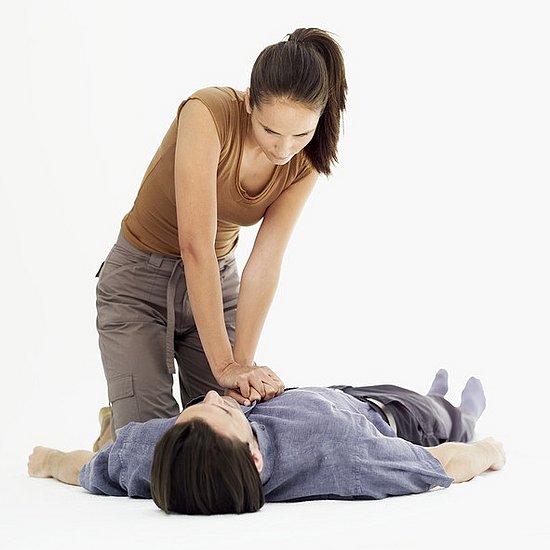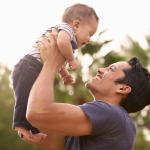ABC of CPR – saving a life

Hazard –Scan area and make the area safe of potential hazards.
.
Help –Shout clearly for help and ask someone (name the person) to phone the ER services or ambulance.
.
Hello – Check if the casualty is conscious: Say “Hello” or inflict pain (press with knuckle on chest bone) to receive a response.
.
The ABC is what follows next to get the casualty to breath and starts a heartbeat:
.
Airway:
Check if person is breathing � listen and feel. If not, get airway open and use jaw thrust technique (chin up; head back) to open airway. Look for foreign objects in throat that could be blocking it.
Once airway is open, check breathing:Place your ear above casualty's mouthListen, look and feel for breathingIf breathing, place in recovery position, if not start CPR
.
Circulation (Heartbeat):
Look and feel for a pulse, if no pulse, start CPR
.
CPR for Adults
2 BLOWS:
Close person's nose with fingers and blowin the mouth (see chest rises)
30 COMPRESSIONS:
*Person must be on his back on a hard surface (floor).
*Kneel next to person's neck and shoulders.
*Place heel of one hand over the centre of the person's chest, between the nipples.
Place other hand on top of first hand. Keep elbows straight and position shoulders directly over your hands. Use your upper body weight and push down. Push hard and do not stop until 30 compressions then 2 breaths and 30 compressions. Keep going with this rhythm until help arrives.
.
WHY CPR?
The purpose is to blow oxygen into the mouth and then massage the heart to pump this oxygen to the brain and heart. You are thus actually taking over the breathing and heart beat on behalf of the casualty.
Please note:
The above CPR summary is only for informational purpose and proper CPR training is necessary to have the skills to apply CPR properly.




